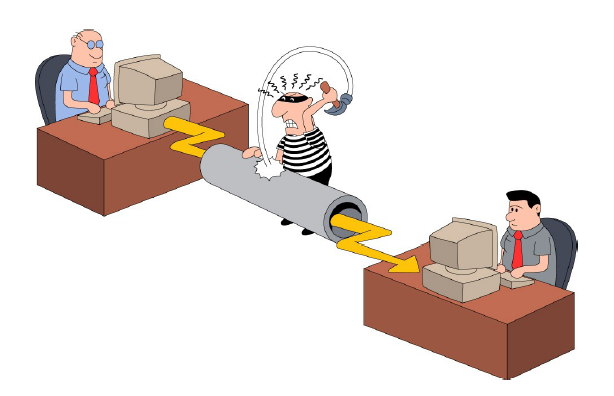Java's security architecture (phần 5)
An overview of the JVM's security model and a look at its built-in safety features (phần 5)
Structured error handling contributes to Java's security model by helping to improve the robustness of Java programs. The Java compiler forces programmers to deal with exceptions that methods declare they may throw. This encourages programmers to write code that actually handles exception conditions that may reasonably be expected to arise as their programs run. If a program encounters a catastrophic error condition, the structure error handling mechanism enables the program to avoid an uncontrolled crash and make a more graceful exit.
Conclusion
The sandbox security model is an intrinsic part of Java's architecture. The sandbox, a shell that surrounds a running Java program, protects the host system from malicious code. This security model helps give users confidence in downloading untrusted code across network.
The sandbox is designed into the Java virtual machine and Java API. It touches all corners of the architecture, but can be divided into four main components:
About the author
Bill Venners has been writing software professionally for 12 years. Based in Silicon Valley, he provides software consulting and training services under the name Artima Software Company. Over the years he has developed software for the consumer electronics, education, semiconductor, and life insurance industries. He has programmed in many languages on many platforms: assembly language on various microprocessors, C on Unix, C++ on Windows, Java on the Web. He is author of the book: Inside the Java Virtual Machine, published by McGraw-Hill.
- Safety features (covered in this article)
- Class loaders (this will be covered next month)
- Class verification (this will covered in the October issue)
- The security manager (this will be covered in the November issue)



